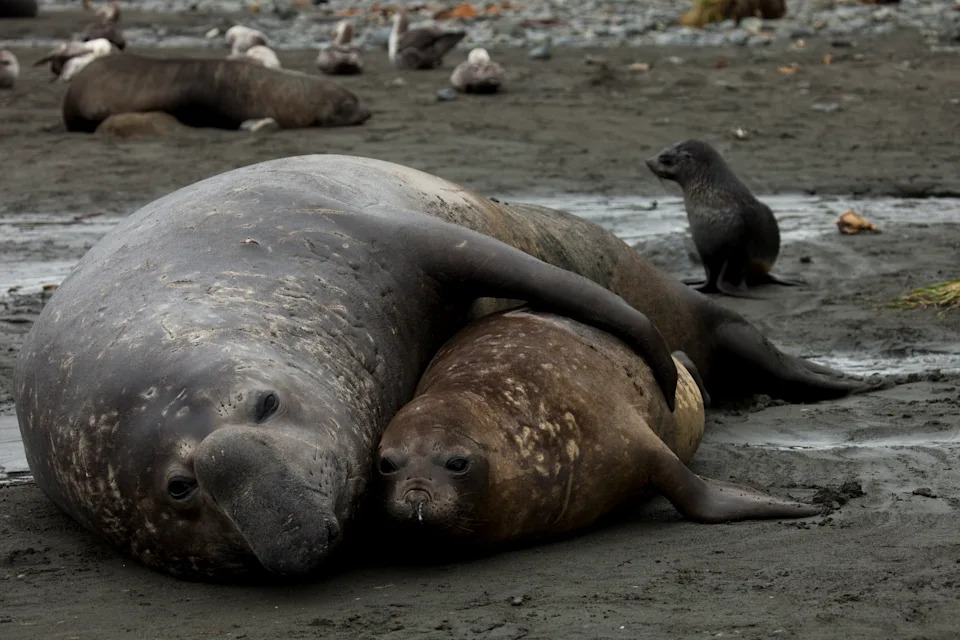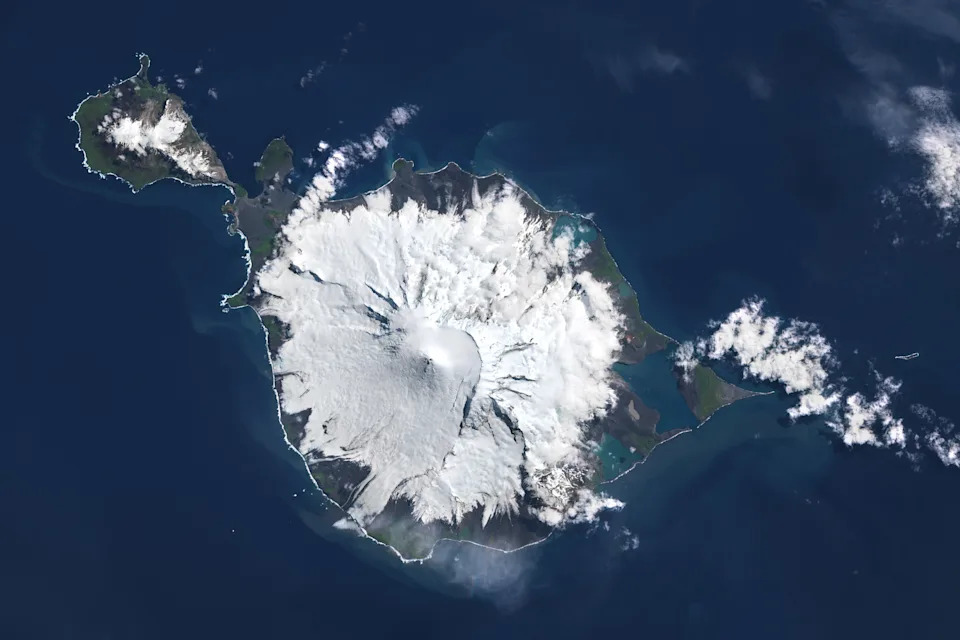Cruising high over a remote sub-Antarctic island, drones have captured a situation unfolding that has scientists alarmed. The vision has revealed one of the world’s four main southern elephant seal breeding colonies has rapidly declined, with the number of females dropping by 47 per cent between 2022 and 2024.
The British Antarctic Survey (BAS) research on South Georgia in the Southern Atlantic Ocean highlights the impact of highly pathogenic avian influenza (HPAI H5N1), a disease that has resulted in the deaths of tens of millions of birds and spread to over 40 wild mammal species. Separate research by Australia shows “unusual levels of mortality” in elephant seals on its territory, Heard Island, which is over 3,300km away.
The island of South Georgia has over half the global population of breeding-age southern elephant seals, and BAS ecologist Dr Connor Bamford has described the decline there as “truly shocking”.

Southern elephant seals can weigh up to 4,000kg and live for between 20 and 22 years. Source: Getty
Surveys were previously conducted on foot, an uncomfortable and time-consuming task in such freezing, rugged conditions. But by using drones, they could be completed in minutes.
The virus was first detected in seabirds in September 2023, and then spread to marine mammals. It’s normal to see variations in southern elephant seals of up to seven per cent between years, but the recent decline was unprecedented.
“What makes this particularly concerning is that southern elephant seals are long-lived animals. Even short-term drops in reproductive output or mortality in the breeding population will have long-term impacts on population stability,” Dr Bamford said.
“The ramifications of this outbreak will likely be felt for many years to come.”
Scientists returning after high mortality on Aussie island
The publication of the BAS research overnight in the journal Communications Biology follows a visit by the Australian Antarctic Program to Heard and McDonald Islands in October, 2025.
A spokesperson for the Department of Environment (DCCEEW) told Yahoo News that “unusual levels of mortality” in elephant seals at Heard Island were observed — a sign the virus could be present.
“Scientists will be returning to HIMI between December 2025 and January 2026 to collect further data on seal and seabird populations,” they added.

Australian scientists will return to Heard Island (pictured) to investigate ‘unusual’ levels of mortality in elephant seals. Source: Getty
With the virus also detected on the Antarctic Peninsula, mainland Australia is the only continent free of the disease. Its government has invested $100 million to prepare for the virus’s eventual arrival, including on its territorial islands.
“A confirmed detection on Heard Island would not substantially increase the risk to Australia but reinforces the need for Australia to remain focused on preparing for an outbreak,” a DCCEEW spokesperson said.
Love Australia’s weird and wonderful environment? 🐊🦘😳 Get our new newsletter showcasing the week’s best stories.


